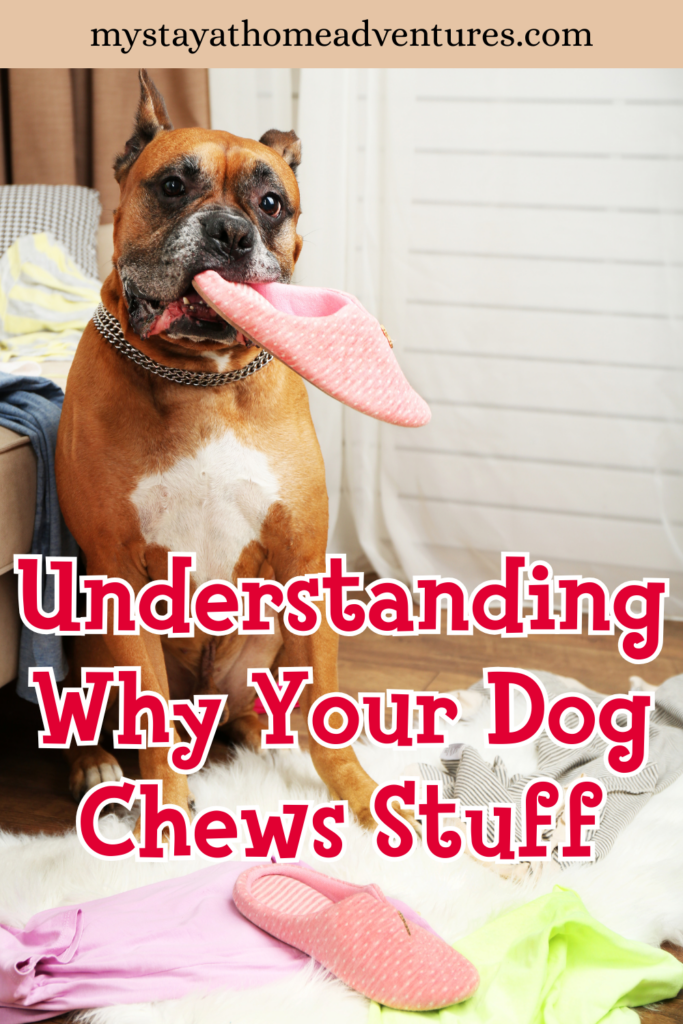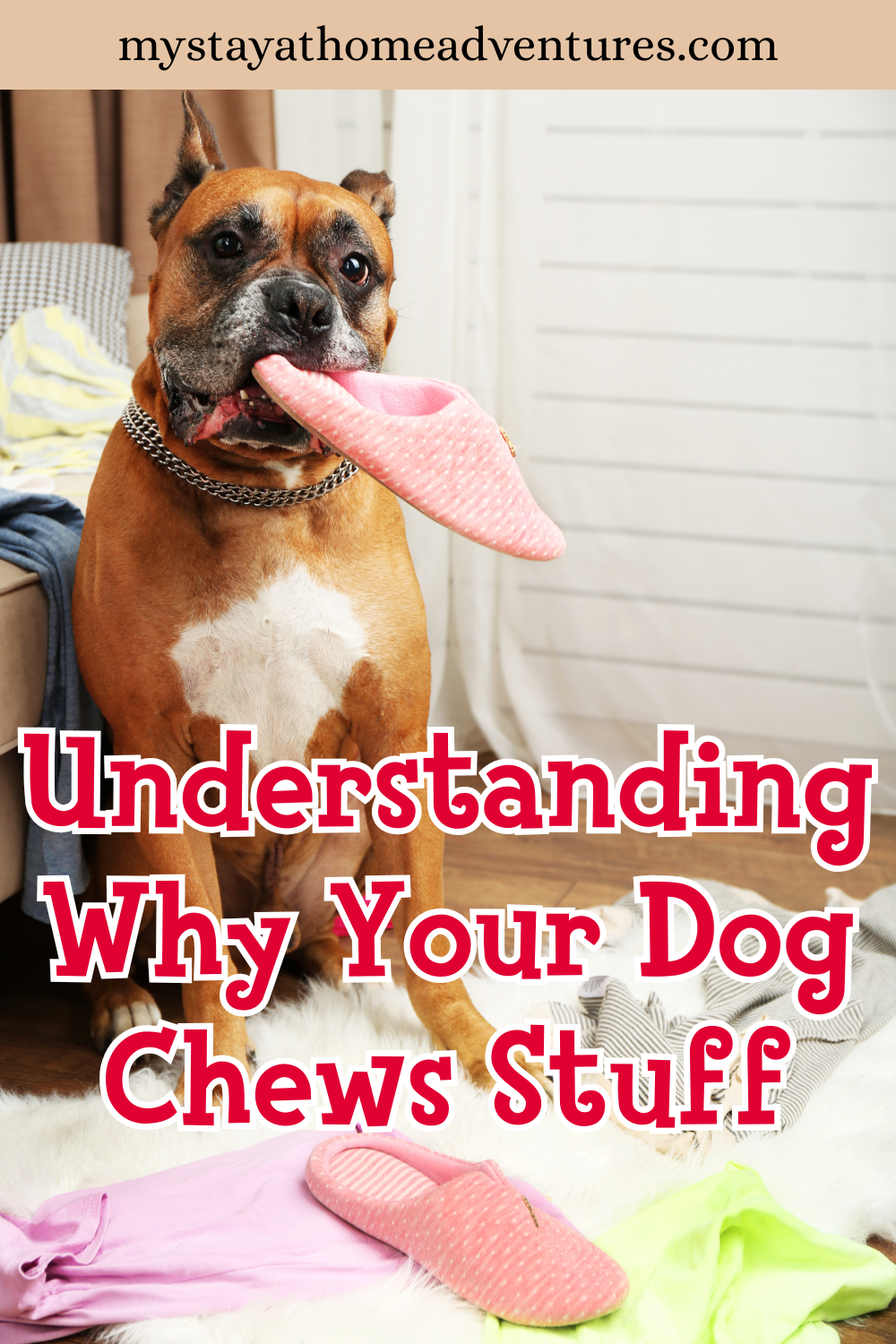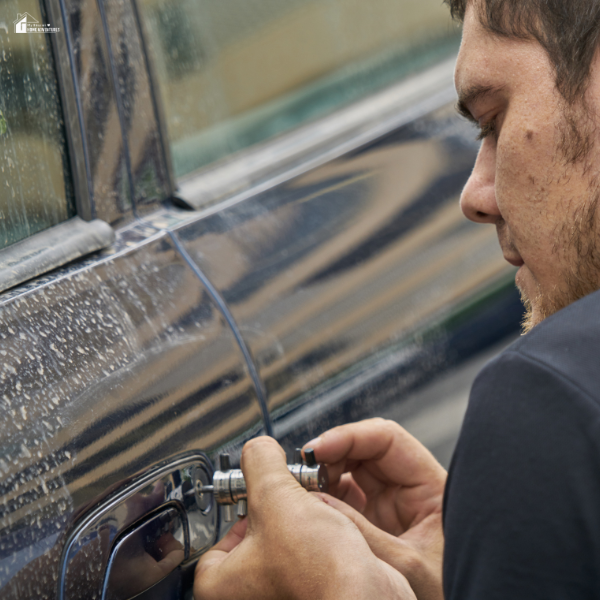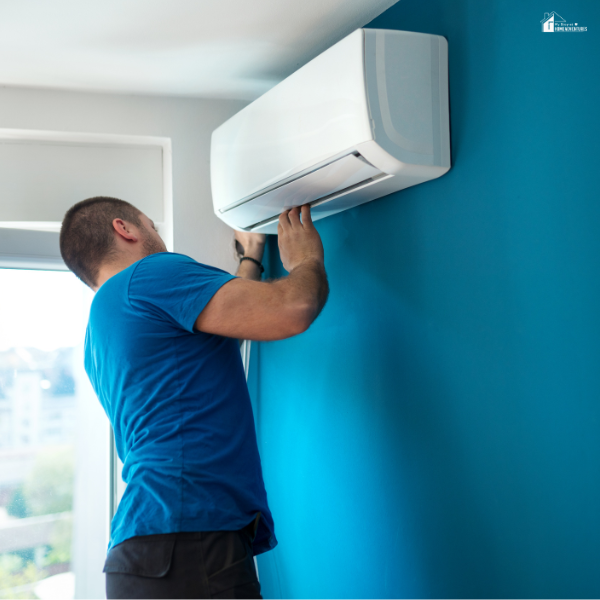Understanding Why Your Dog Chews Stuff
This post may contain affiliate links which might earn us money. Please read my Disclosure and Privacy policies hereAll dogs chew things. It’s a fact that all dog owners learn quickly, whether that be through research before getting a dog or the hard way when their dog starts destroying furniture. This is why chew toys like bully sticks for dogs are commonly found in every pet aisle.
However, you may not be aware of why chewing is so important for dogs, which is a problem because not all chewing behavior is healthy. A few of the reasons will be covered below, alongside possible remedies for less desirable reasons.
Bear in mind that there could be reasons not covered here and that your dog may need something completely different from what’s suggested here to curb their habit.
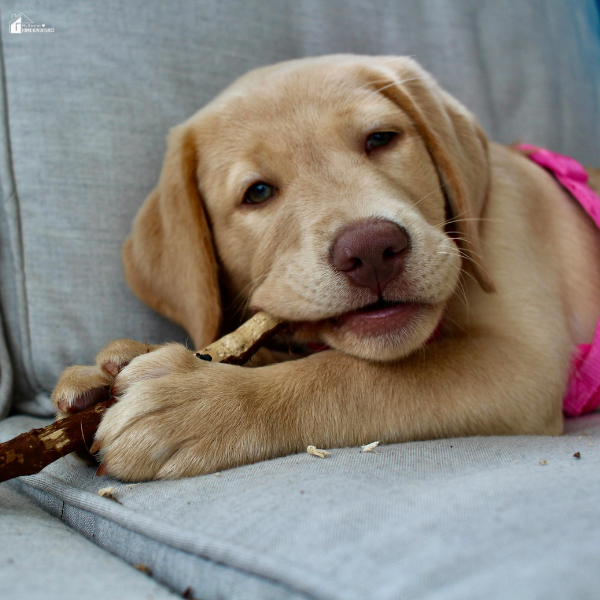
Jaw Strength and Cleanliness
All dogs, both domestic and wild, chew on things to clean their teeth and strengthen their jaws, which means you can’t eliminate chewing altogether.
Instead, you need to anticipate it. Sometimes, this is simple: remove valuable or dangerous items like cords out of the dog’s reach and provide plenty of both soft and hard chew toys.
Other times, you’ll find yourself going through chew toy after chew toy to find the one that works best for your pup, and still find them munching on furniture.
While it can be irritating to experience this, some training and experimentation will eventually lead you to find the right chew toy for your dog and stop them from destroying your valuable stuff.
If you do succeed in finding a good chew toy but your dog either continues or suddenly starts chewing furniture, then you likely have another problem to solve.
Anxiety and Stress
Dogs who experience anxiety and stress will chew to alleviate it. This is why you may sometimes come home after work or even just a short trip to the store to find your home in disarray.
Separation anxiety is usually the main cause, and it's a tough thing to work through, but it has to be done for your dog’s health. Routines, stimulating activities like puzzle toys, and even encouraging separation at home are just a few of the ways you can help ease separation anxiety.
If these strategies aren’t working, then you may need to consider consulting a dog trainer or veterinarian for advice.
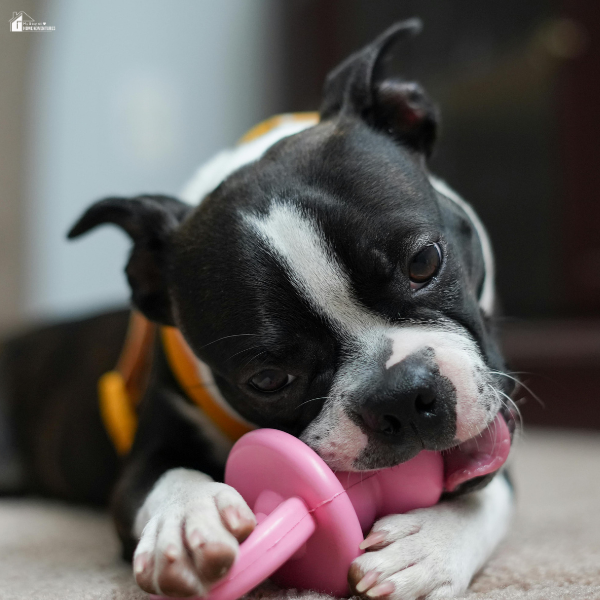
Teething
Young dogs will chew more often than older dogs for one simple reason: teething. As puppies grow their first teeth and these baby teeth are replaced by their adult ones, they’ll be constantly looking for stuff to chew to both help alleviate discomfort and make the process easier, similar to how babies need teething toys as their teeth start coming in.
A puppy may end up chewing for teething purposes for quite a while, so you’ll need to keep a larger quantity of sturdy toys on hand for a bit. You may also want to consider putting some of these toys in the fridge or freezer sometimes to help ease inflamed gums.
Bear in mind, though, that puppies are much like babies in that they may try to understand the world around them by gently nibbling stuff.
This will likely mean they continue to interact with new things by chewing them, and while this can’t be completely prevented, redirecting to chew toys when you notice this behavior will likely help reduce it.
Boredom
Boredom is probably the most common reason why dogs destructively chew things. This could be due to the breed having more energy than you anticipated, your dog just having more energy that day, or any other number of reasons.
The best way to remedy this boredom is to take your dog out for longer or more frequent walks to tire them out and allow them to explore the outside world.
Physical play outside is another great way to entertain your pooch, whether you play fetch in the backyard or take them to a dog park and let them make their own fun with other dogs.
However, this may not always be an option for a number of reasons, so mental stimulation is the next best thing. Puzzle toys help tremendously with this, though simply playing a game of hide and seek or hiding a valuable item (toys or food) for your dog to find are also good options.
If you have the time, treats, and patience, trick training can also be a great way to entertain your dog. Whatever you choose to do, make sure your dog is engaged in the activity and that it lasts for quite a while, or you’ll find your dog bored once again.
